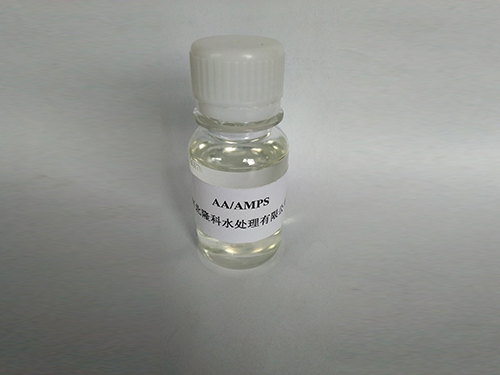polyacrylamide flocculant water treatment
The Role of Polyacrylamide Flocculants in Water Treatment
Water treatment is a critical process for ensuring the safety and cleanliness of water sources used for drinking, industry, and agriculture. One of the most effective chemicals used in this process is polyacrylamide (PAM), a water-soluble polymer that serves as a flocculant. By understanding the role and benefits of polyacrylamide flocculants in water treatment, we can better appreciate their significance in maintaining healthy water systems.
Polyacrylamide is synthesized through the polymerization of acrylamide, which results in a long-chain molecule that can absorb and retain large volumes of water. Its properties make it an excellent flocculating agent, meaning it promotes the aggregation of tiny particles suspended in water, allowing them to settle down more easily. This aggregation process is crucial for clarifying water, especially in industrial applications where water is reused or recycled.
One of the main applications of polyacrylamide in water treatment is in the clarification of drinking water. When raw water is collected from sources like rivers and lakes, it often contains impurities such as organic matter, sediments, and microorganisms. The presence of these contaminants can lead to health risks if they are not sufficiently removed. By adding polyacrylamide to the water, the negative charges on particles are neutralized, allowing them to clump together (or flocculate) into larger aggregates that can be easily removed through sedimentation or filtration.
polyacrylamide flocculant water treatment

In industrial settings, polyacrylamide plays a vital role in wastewater treatment. Many industries generate wastewater that contains suspended solids, oils, and various chemicals that are hazardous to the environment if released untreated. Using polyacrylamide as a flocculant helps precipitate and remove these pollutants from the wastewater, making it safer for discharge into the environment. Additionally, the use of PAM aids in reducing the volume of sludge generated in treatment processes, further enhancing efficiency and sustainability.
Another area where polyacrylamide is gaining popularity is in the treatment of agricultural runoff. Agriculture can introduce harmful chemicals and nutrients into water bodies, leading to eutrophication and the degradation of aquatic ecosystems. By employing polyacrylamide in controlling erosion and binding soil particles, farmers can minimize runoff, thereby protecting water quality.
Moreover, polyacrylamide is environmentally friendly when used correctly. These flocculants are non-toxic and biodegradable, posing minimal risks when applied in regulated amounts. This characteristic is particularly important in an era of increasing environmental awareness and regulatory scrutiny.
In conclusion, polyacrylamide flocculants are essential in the realm of water treatment, providing a versatile and efficient solution to a variety of challenges. From enhancing the quality of drinking water to transforming wastewater into a less harmful effluent, the applications of PAM are broad and impactful. As water scarcity and pollution continue to be significant global issues, the importance of effective water treatment solutions like polyacrylamide will only grow. By utilizing these flocculants responsibly, we can promote healthier ecosystems and ensure a sustainable water supply for future generations.
-
Water Treatment with Flocculant Water TreatmentNewsJun.12,2025
-
Polymaleic AnhydrideNewsJun.12,2025
-
Polyaspartic AcidNewsJun.12,2025
-
Enhance Industrial Processes with IsothiazolinonesNewsJun.12,2025
-
Enhance Industrial Processes with PBTCA SolutionsNewsJun.12,2025
-
Dodecyldimethylbenzylammonium Chloride SolutionsNewsJun.12,2025





